Project 1: Task Tracker with Node.js + MongoDB
Project 1: Task Tracker with Node.js + MongoDB
In this project, you'll build a basic task tracker using Node.js and MongoDB. This real-world app helps you understand how to connect to a MongoDB database, design a schema, and implement CRUD operations in a Node.js environment.
What We'll Build
A minimal task manager that lets users:
- Add a task
- View all tasks
- Mark a task as complete
- Delete a task
Step 1: Initialize the Project
Create a new directory and initialize a Node.js project:
mkdir task-tracker
cd task-tracker
npm init -yInstall the required packages:
npm install express mongoose body-parser nodemonStep 2: Create Project Structure
Set up your file structure like this:
task-tracker/
├── models/
│ └── Task.js
├── routes/
│ └── tasks.js
├── server.js
Step 3: Connect to MongoDB
Edit server.js to set up Express and connect to MongoDB:
// server.js
const express = require('express');
const mongoose = require('mongoose');
const bodyParser = require('body-parser');
const taskRoutes = require('./routes/tasks');
const app = express();
app.use(bodyParser.json());
app.use('/api/tasks', taskRoutes);
mongoose.connect('mongodb://localhost:27017/taskdb', {
useNewUrlParser: true,
useUnifiedTopology: true
}).then(() => {
console.log('Connected to MongoDB');
app.listen(3000, () => console.log('Server running on port 3000'));
}).catch(err => console.error(err)); Connected to MongoDB
Server running on port 3000
Step 4: Define the Task Model
Create the file models/Task.js:
// models/Task.js
const mongoose = require('mongoose');
const TaskSchema = new mongoose.Schema({
title: {
type: String,
required: true
},
completed: {
type: Boolean,
default: false
}
});
module.exports = mongoose.model('Task', TaskSchema);Q: Why use a schema if MongoDB is schema-less?
A: While MongoDB itself is flexible, using Mongoose schemas helps enforce structure and validation within our application logic.
Step 5: Create the Task Routes
Create routes/tasks.js to define all task-related routes:
// routes/tasks.js
const express = require('express');
const router = express.Router();
const Task = require('../models/Task');
// Add new task
router.post('/', async (req, res) => {
try {
const task = new Task({ title: req.body.title });
await task.save();
res.status(201).json(task);
} catch (err) {
res.status(400).json({ error: err.message });
}
});
// Get all tasks
router.get('/', async (req, res) => {
const tasks = await Task.find();
res.json(tasks);
});
// Update task (mark as complete)
router.put('/:id', async (req, res) => {
try {
const task = await Task.findByIdAndUpdate(
req.params.id,
{ completed: true },
{ new: true }
);
res.json(task);
} catch (err) {
res.status(400).json({ error: err.message });
}
});
// Delete task
router.delete('/:id', async (req, res) => {
try {
await Task.findByIdAndDelete(req.params.id);
res.json({ message: 'Task deleted' });
} catch (err) {
res.status(400).json({ error: err.message });
}
});
module.exports = router;Step 6: Run and Test the API
Start the server with nodemon:
npx nodemon server.jsUse Postman or cURL to test the endpoints:
POST /api/tasks — Add a task
curl -X POST http://localhost:3000/api/tasks -H "Content-Type: application/json" -d '{"meta_title": "Learn MongoDB"}' {
"_id": "664218c0a83dfb31c5ebd511",
"meta_title": "Learn MongoDB",
"completed": false,
"__v": 0
}
GET /api/tasks — Get all tasks
curl http://localhost:3000/api/tasksPUT /api/tasks/:id — Mark task as completed
DELETE /api/tasks/:id — Delete a task
Conclusion
You've successfully created a full CRUD application using Node.js and MongoDB. This task tracker taught you how to structure a backend app, use Mongoose for schema modeling, and interact with a database through API endpoints.
In the next project, we'll expand this knowledge by building a blog platform using Express and MongoDB with advanced features like user management and pagination.
Next Topic ⮕Project 2: Blog App with Express + Mongoose


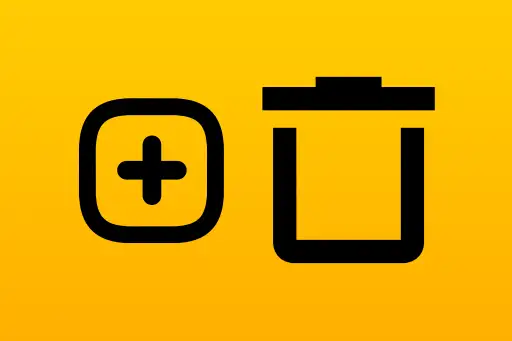
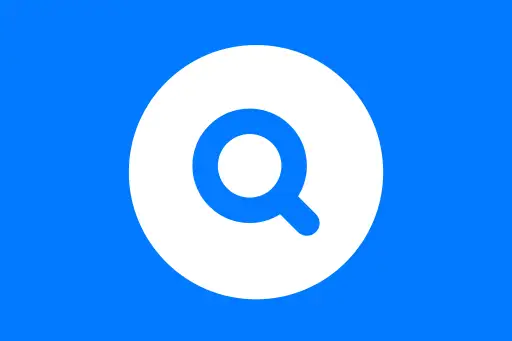
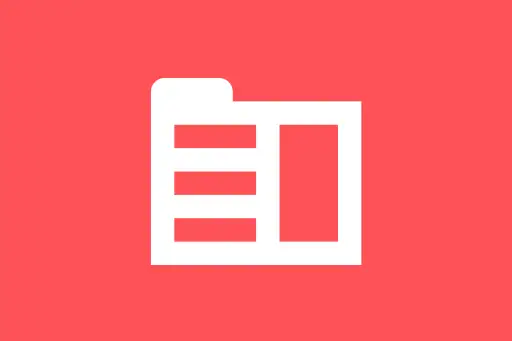


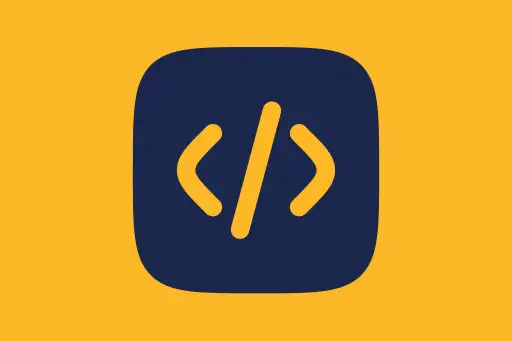

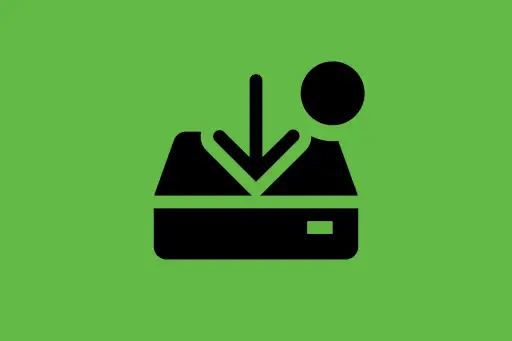

Comments
Loading comments...